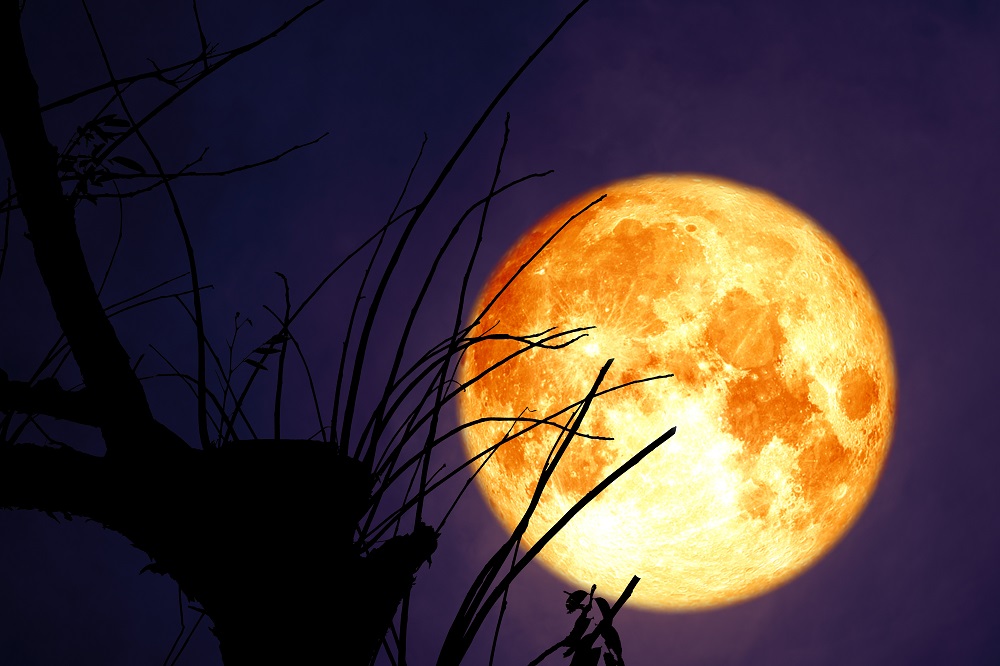![]()
Tonight, Dubliners will be treated to one of the most striking sights of the year as the Beaver Moon rises over the capital. This November full moon is set to be a supermoon, appearing larger and brighter than usual thanks to its close approach to Earth — a spectacle worth stepping outside for, if skies stay clear.
The Beaver Moon reaches full phase at 13:19 Irish time on Wednesday, 5 November 2025, and will be most visible in the evening that day. It will appear almost perfectly round for a night or two. Named by early North American tribes for the time when beavers prepared for winter, the moon marks the final full moon of autumn before the long nights of December take hold.
This supermoon occurs when the moon’s orbit brings it near its closest point to Earth, known as perigee. That makes it appear up to 14% larger and 30% brighter than at other times, especially noticeable as it rises just after sunset.
@bbcnews The full Beaver Moon on 5 November will be the largest and brightest Moon this year. #SuperMoon #Moon #Astronomy #BeaverMoon #News #BBCWeather #BBCNews ♬ original sound – BBC News
For those in Dublin, there are several great places to watch the spectacle unfold — the key is finding a clear eastern horizon and minimal light pollution. Howth Head remains one of the most scenic spots to view a moonrise over the Irish Sea, with panoramic views stretching across Dublin Bay. If you prefer somewhere closer to the city, Dun Laoghaire Pier offers a stunning vantage point as the moon climbs over the water, reflecting off the harbour.
In the city centre, Sandymount Strand is another favourite — its wide open shoreline allows for an unobstructed view to the east, and the moon’s reflection on the tide can make for spectacular photos. Farther inland, Phoenix Park provides darker skies away from some of the city’s brightness, particularly around the Magazine Fort area or the Wellington Monument, where you can watch the moon rise above the city skyline.
For a quieter view, the hills of Ticknock and Three Rock Mountain in the Dublin Mountains offer one of the best perspectives, with sweeping views across the capital and Dublin Bay. From there, the supermoon will appear to lift slowly over the city lights — a particularly striking sight if the evening remains clear.
Weather permitting, the best time to catch the Beaver Moon will be shortly after sunset, when it first rises on the horizon. No telescope is needed — the moon will be bright enough to see with the naked eye — though binoculars or a camera with a steady tripod can help capture its details.
If you’re planning to head out, wrap up warm, as November evenings in Dublin can be chilly, especially along the coast. For photographers, a slower shutter speed and a fixed surface (like a pier railing) can help bring out the rich orange hue of the rising moon.
And even if clouds roll in tonight, don’t worry — the moon will remain nearly full for another evening or two, giving Dubliners a second chance to catch this late-autumn supermoon lighting up the night sky.
